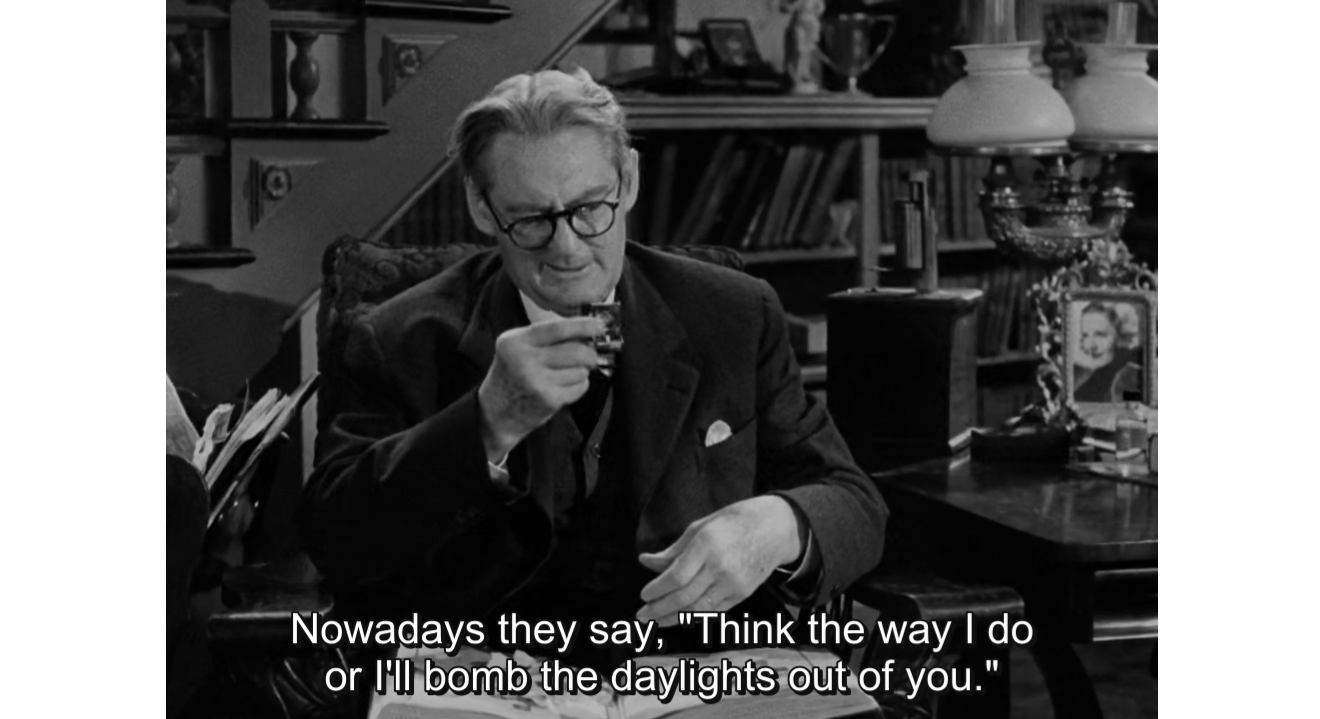John Lee Hancock's Saving Mr. Banks: Mary Poppins and the Mouse
Saving Mr. Banks, had it been about a fictional author working with a fictional Hollywood producer, could have been a harmless , much like The Blindside (2009), The Rookie (2002), or any of director John Lee Hancock’s previous cookie cutter works. There is always a certain feel-good allure in any story about cantankerous middle-aged women who lose their icy exterior to kindness and good reason.
Hancock, moreover, has crafted the story into a handsomely-produced spectacle with mid-century Hollywood dazzling with its blatant opulence and curious cheer. It’s nearly impossible not to swoon over such a film’s good-natured sheen.
However, Saving Mr. Banks does not tackle fictional people and their fictional relations. Travers and Disney are real people and their collaboration would in fact be remembered as one of Hollywood’s most difficult, with Travers recommending the removal of the dancing animated penguins from the final cut of Mary Poppins and Disney snugly replying “Pamela, the ship has sailed.” While the rest of the world is celebrating Disney’s Mary Poppins, Travers was regretting it. As a result, despite Disney’s requests, no sequel was ever made.
That is as much as Travers’ later account would confirm, at least. According to John Lee Hancock’s Saving Mr. Banks however, everything seems dandy. Travers protests were nothing more than an opportunity for flashbacks into her hard early life. Her daily exercises with Disney and his crew of confectioners are but therapy for the misunderstanding author to dig inside herself to accept things she has no control over. The movie Mary Poppins is a celebration of that hard-earned acceptance, as may be observed with the image of Travers bawling with the memory of her father’s sacrifices while the cast of the movie sang Let’s Go Fly a Kite with such majestic gusto during the premiere of Mary Poppins.
That being said, Saving Mr. Banks has all the makings of a well-orchestrated ploy. From the casting of beloved Tom Hanks as the equally beloved Walt Disney to Hancock’s treacly treatment of the material to Travers’ portrayal as an uptight prude, everything is perfectly tailored to suit the interests of Disney’s corporation and its pertinent intellectual property.
Ploy or not, Saving Mr. Banks will still predictably melt hearts and earn its army of admirers. As mentioned, its dishonesty is disguised in pleasantry and its pandering to Hollywood’s power is draped in seamless craftsmanship.
Thankfully, Emma Thompson’s portrayal of Travers is nuanced enough to be of moment. Hanks, on the other hand, gives Disney enough likeability to overshadow the dubiousness of the character’s endeavors.
In one particularly devious scene, Disney visits Travers in her home to seduce the children’s book author to sign away the rights of her books in the guise of guiding her to closure of certain childhood pains. Purporting a bevy of compassion being given by the the benevolent producer to the emotionally wrecked poor author, the scene exemplifies the point that the film wants us all to believe: that the world is a better place if Mickey Mouse had his way.
As human beings thirsting for escape, we enjoy watching little mermaids marrying their princes instead of turning into sea sponges, Native American princesses ending up with their European suitors instead of being left in the wilderness for other Europeans to whisk them away, and other distortions of truth as long as they have the requisite happy ending. Saving Mr. Banks is no different. It is nothing more than a necessary exercise by Hollywood to use very personal histories of semi-famous people and perverting them into dainty and harmless pictures for its own motives.
(First published in Rappler.)




































No comments:
Post a Comment